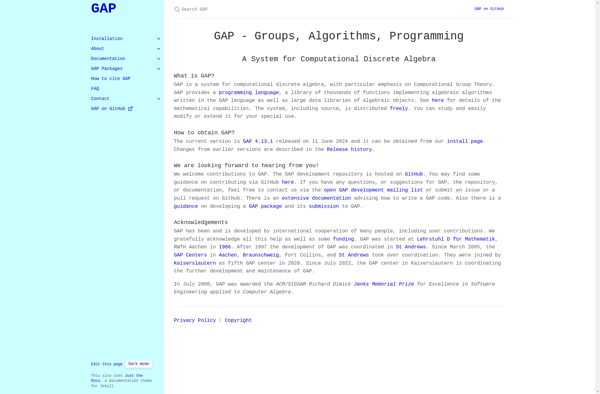Cadabra
Cadabra: Open-Source Computer Algebra System
An open-source computer algebra system designed for advanced theoretical physics computations, with a modern codebase focused on flexibility, extensibility and understandability.
What is Cadabra?
Cadabra is an open-source computer algebra system designed specifically for advanced theoretical physics computations involving tensor polynomial simplifications. It has a modern C++ codebase focused on flexibility, extensibility and understandability.
Some key features of Cadabra include:
- Symbolic tensor manipulation, with support for abstract and component indices
- Computation and simplification of tensor polynomials
- Substitution rules and patterns to manipulate expressions
- A Python front-end to interface with the C++ computational kernel
- A modular architecture to allow new data types and algorithms to be added
- Visualization tools to display computational graphs and inspect expression properties
- Interfaces to communicate with computer algebra systems like Mathematica
Cadabra is well-suited for theoretical physicists who need to perform symbolic manipulations of tensor expressions involving curvatures, field strengths, covariant derivatives, etc. It has been used successfully in research areas like general relativity, supergravity theories, string theory and related field theory models. The combination of symbolic power, extensibility and customizability makes Cadabra a useful addition to a physicist's computational toolbox.
Cadabra Features
Features
- Symbolic tensor computations
- Component tensor computations
- Extensible architecture
- Python API
- TeX and LaTeX output
Pricing
- Open Source
Pros
Cons
Official Links
Reviews & Ratings
Login to ReviewThe Best Cadabra Alternatives
Top Science & Math and Physics and other similar apps like Cadabra
Here are some alternatives to Cadabra:
Suggest an alternative ❐R (programming language)
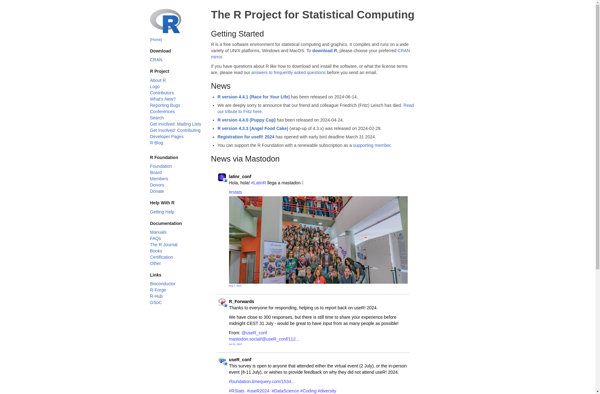
PTC Mathcad
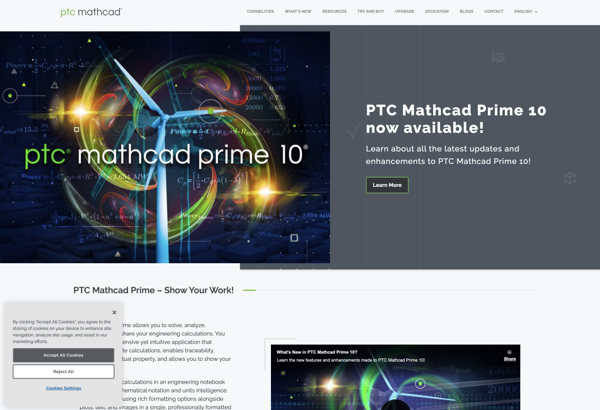
Mathematica
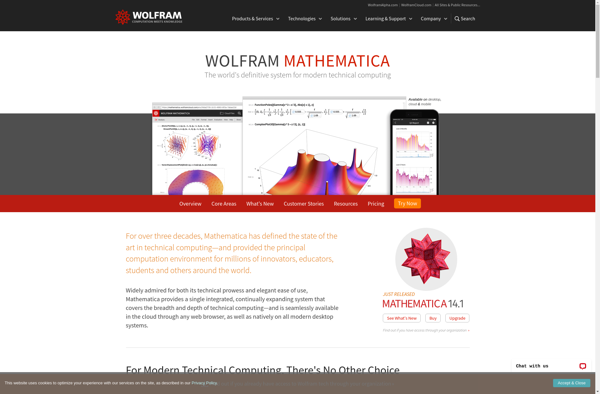
MATLAB
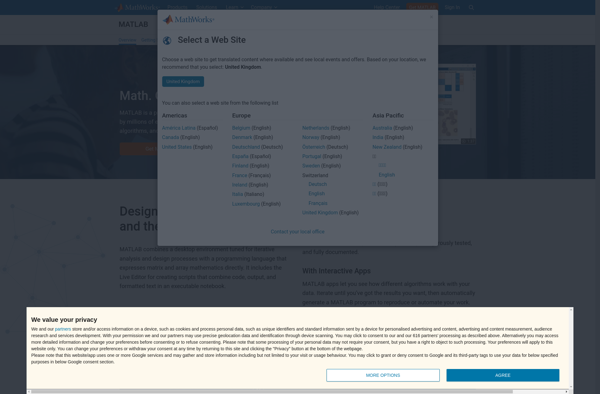
Maple
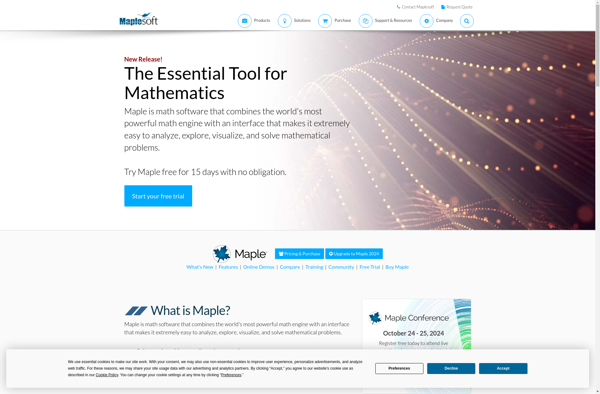
Scilab
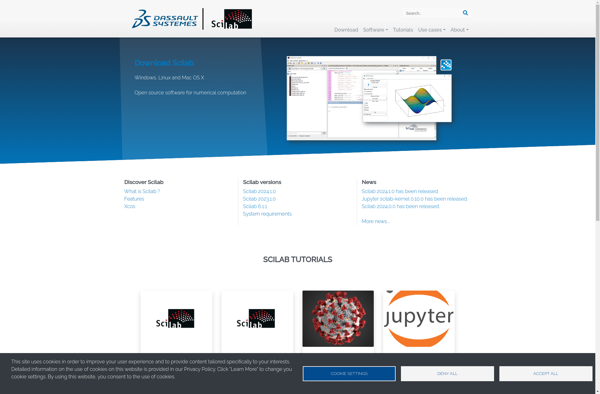
GNU Octave
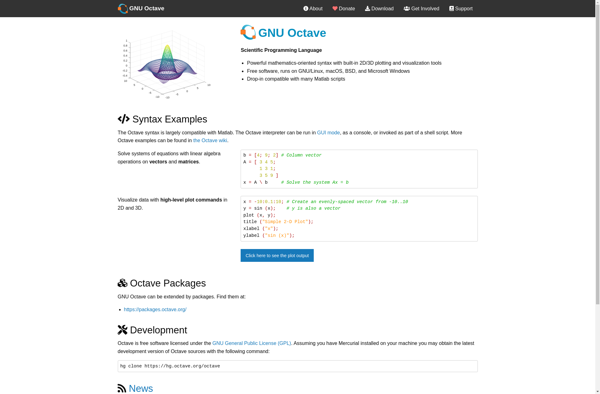
Maxima
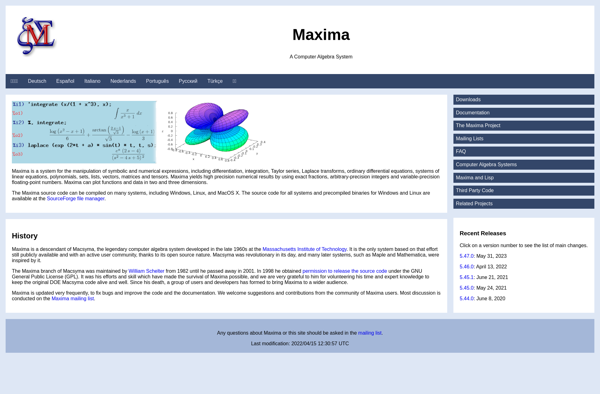
SageMath
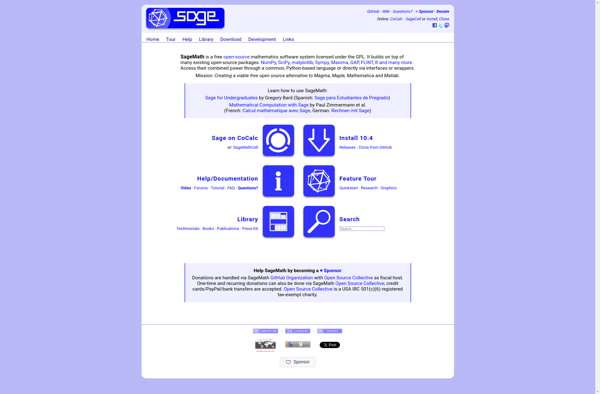
WxMaxima
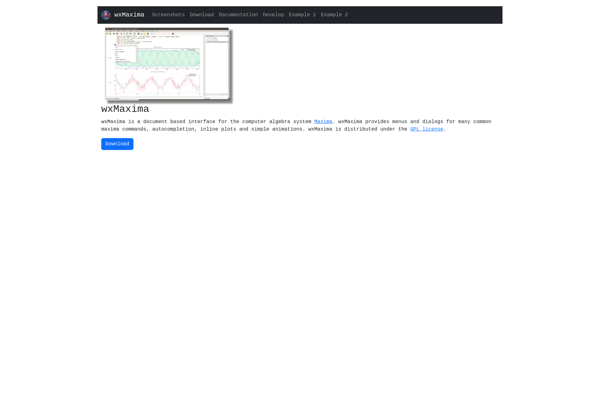
SymPy

Mathics
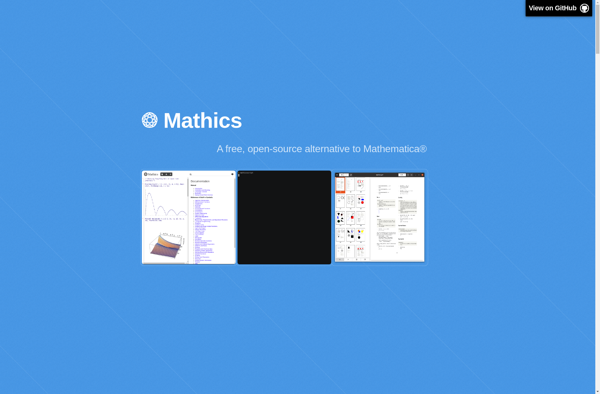
GiNaC
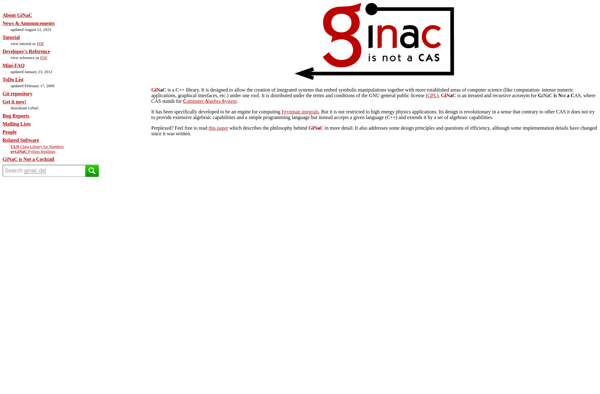
GAP
